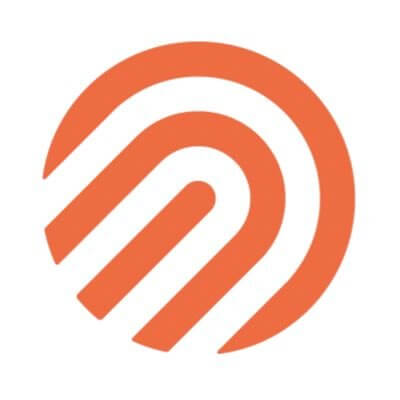This clever case has a simple solution for smartphone addiction: Make the screen smaller—much smaller
Our phones are making us unhappy, but I’m not sure cutting myself off from humanity’s universe of information with a dumbphone is the answer. It’s kind of like how we know walking is healthier than driving, but it’s a moot point when the average person lives 27 miles from their workplace.However, maybe our smartphones don’t need a lobotomy. Maybe they just need to respect our boundaries.This is an idea explored in a new concept called Aperture, by the London studio Special Projects. It’s a case that crops your smartphone into a small square of your screen when you flip your case over, revealing a series of smart widgets.[Image: Special Projects]By the same firm that developed ideas like discrete, skin-pressed messages for Blackberry and a Paper Phone for Google, Aperture was inspired when Adrian Westaway, cofounder and director of technology and magic at Special Projects, flipped his iPhone case backward and saw a little window left open where the cameras were supposed to be.[Image: Special Projects]Senior designer Matteo Bandi ran with this idea in UI renderings, imagining a system in your full-feature smartphone could deliver a tiny version of just a few apps you need. These widgets might be a camera, step-by-step instructions pulled from a recipe, or even a compass pointing you toward your destination. It’s a smartphone’s function without the fluff. Most of these experiences are even presented in stoic black and white—slicing back the candy colors behind another dopamine hit. But the demo still finds a few moments of whimsy, largely through its little smiling mascots. (The mascots really come to life when, sitting at a table with friends, the faces from each phone look at one another and hop into a cozy ball.)[Image: Special Projects]“We’re trying to find the right balance between being helpful and not preachy,” says Clara Gaggero Westaway, cofounder and creative director at Special Projects. “It’s like, we don’t want to take technology away, but how can we help people to use technology in a way that makes them have a better life?”[Image: Special Projects]Aperture is clever but admittedly not entirely original. Special Projects points to all sorts of precedent within the industry playing with this same idea. UX designers have been exploring the concept for more than a decade now, from a very charming birdhouse alarm clock, to an Apple patent for a smart iPad case that reveals just part of the screen, to the current Samsung Smart View case that allows you to see the time, answer a call, and skip the track of a song.[Image: Special Projects]But Aperture is framed a bit differently than any of these approaches. Part of that sensation might simply come down to the fact that Aperture wouldn’t be as slickly integrated as Samsung’s Smart View that easily folds open and closed. Instead, the team imagines you literally take your case off and turn it around, opting into and out of the experience. “One of the words that I think is quite key is friction,” says Gaggero Westaway. “You cannot use it compulsively. You almost have to have a conscious behavior to say, ‘Okay, [now] I’m gonna take it off and doomscroll again.” [Image: Special Projects]At face value, we have products that get close to Aperture’s core idea. The Apple Watch’s original pitch was to be a product that kept you from looking at your phone, and its screen size isn’t so different from what an Aperture case would be. But Special Projects bristles just a bit at the idea of selling technology to amend your relationship with technology.“There’s also something weird about it feeling like you’ve made a new object,” Westaway says. “Like you can have two things in your hands that you’ve always had, and then you just [put them together]. And now it’s reshaped.” [Image: Special Projects]The other thing that Aperture reveals is what exactly makes our phones feel toxic these days. Tools to help with cooking and navigation feel additive to our experience. Screen time, in these senses, feels positive to our well-being. It’s when trying to picture something like an Instagram or TikTok feed squeezing into that little window that my stomach lurches just a bit, and the mechanisms of addiction reveal themselves. Instead of a mini social feed, Special Projects imagined that Aperture would instead offer a break from social media. So if you’re using Instagram when you flip your case around, Aperture will present a focus timer for you to do anything else but be on your phone. “We sort of arbitrarily translated [Instagram as a] timer as an escape. I think that will be a space for us to explore,” Bandi says, noting there are many ways to frame dedicated time to do something else. [Image: Special Projects]Aperture would be a challenging concept to bring to market, especially on iPhones, which have more rigid limitations than Androids. But a Special Projects client has expressed interest, and promised funding, to help commercialize the idea (probably in the form of a case you

Our phones are making us unhappy, but I’m not sure cutting myself off from humanity’s universe of information with a dumbphone is the answer. It’s kind of like how we know walking is healthier than driving, but it’s a moot point when the average person lives 27 miles from their workplace.
However, maybe our smartphones don’t need a lobotomy. Maybe they just need to respect our boundaries.
This is an idea explored in a new concept called Aperture, by the London studio Special Projects. It’s a case that crops your smartphone into a small square of your screen when you flip your case over, revealing a series of smart widgets.
By the same firm that developed ideas like discrete, skin-pressed messages for Blackberry and a Paper Phone for Google, Aperture was inspired when Adrian Westaway, cofounder and director of technology and magic at Special Projects, flipped his iPhone case backward and saw a little window left open where the cameras were supposed to be.
Senior designer Matteo Bandi ran with this idea in UI renderings, imagining a system in your full-feature smartphone could deliver a tiny version of just a few apps you need. These widgets might be a camera, step-by-step instructions pulled from a recipe, or even a compass pointing you toward your destination. It’s a smartphone’s function without the fluff. Most of these experiences are even presented in stoic black and white—slicing back the candy colors behind another dopamine hit. But the demo still finds a few moments of whimsy, largely through its little smiling mascots. (The mascots really come to life when, sitting at a table with friends, the faces from each phone look at one another and hop into a cozy ball.)
“We’re trying to find the right balance between being helpful and not preachy,” says Clara Gaggero Westaway, cofounder and creative director at Special Projects. “It’s like, we don’t want to take technology away, but how can we help people to use technology in a way that makes them have a better life?”
Aperture is clever but admittedly not entirely original. Special Projects points to all sorts of precedent within the industry playing with this same idea. UX designers have been exploring the concept for more than a decade now, from a very charming birdhouse alarm clock, to an Apple patent for a smart iPad case that reveals just part of the screen, to the current Samsung Smart View case that allows you to see the time, answer a call, and skip the track of a song.
But Aperture is framed a bit differently than any of these approaches. Part of that sensation might simply come down to the fact that Aperture wouldn’t be as slickly integrated as Samsung’s Smart View that easily folds open and closed. Instead, the team imagines you literally take your case off and turn it around, opting into and out of the experience.
“One of the words that I think is quite key is friction,” says Gaggero Westaway. “You cannot use it compulsively. You almost have to have a conscious behavior to say, ‘Okay, [now] I’m gonna take it off and doomscroll again.”
At face value, we have products that get close to Aperture’s core idea. The Apple Watch’s original pitch was to be a product that kept you from looking at your phone, and its screen size isn’t so different from what an Aperture case would be. But Special Projects bristles just a bit at the idea of selling technology to amend your relationship with technology.
“There’s also something weird about it feeling like you’ve made a new object,” Westaway says. “Like you can have two things in your hands that you’ve always had, and then you just [put them together]. And now it’s reshaped.” 
The other thing that Aperture reveals is what exactly makes our phones feel toxic these days. Tools to help with cooking and navigation feel additive to our experience. Screen time, in these senses, feels positive to our well-being. It’s when trying to picture something like an Instagram or TikTok feed squeezing into that little window that my stomach lurches just a bit, and the mechanisms of addiction reveal themselves.
Instead of a mini social feed, Special Projects imagined that Aperture would instead offer a break from social media. So if you’re using Instagram when you flip your case around, Aperture will present a focus timer for you to do anything else but be on your phone. “We sort of arbitrarily translated [Instagram as a] timer as an escape. I think that will be a space for us to explore,” Bandi says, noting there are many ways to frame dedicated time to do something else. 
Aperture would be a challenging concept to bring to market, especially on iPhones, which have more rigid limitations than Androids. But a Special Projects client has expressed interest, and promised funding, to help commercialize the idea (probably in the form of a case you can buy). And with the advent of generative AI, it becomes easier to imagine how some of Aperture’s mini app interpretations, like its recipes, could feasibly work.
But for now, Special Projects is putting Aperture’s earliest incarnations into the wild to solicit feedback, and understand what customers might want in such a product before realizing it for market.
“We were just putting this out as a thought piece, and were absolutely not going to try and commercialize it. Then this [funding] opportunity came up,” Westaway says. “Rather than disappear for a year, we thought we could have an exploratory approach.”











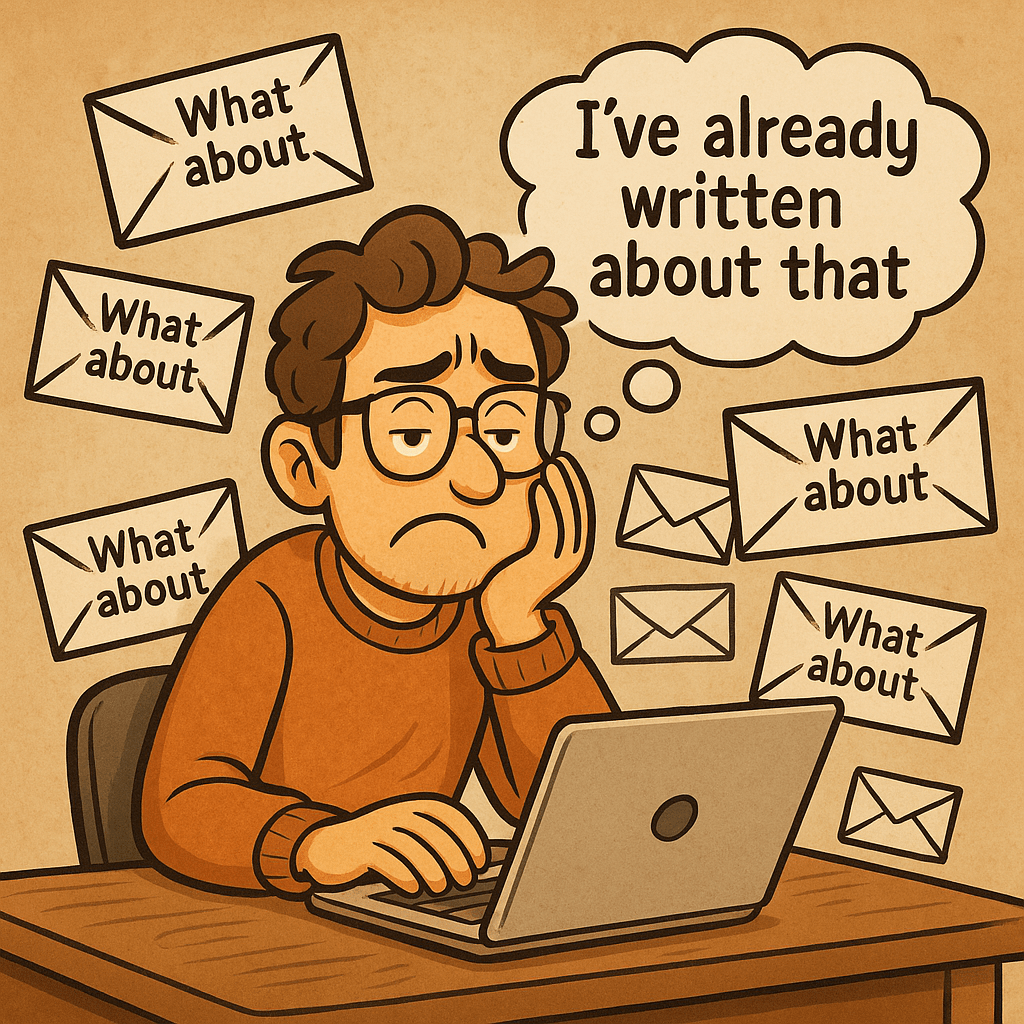





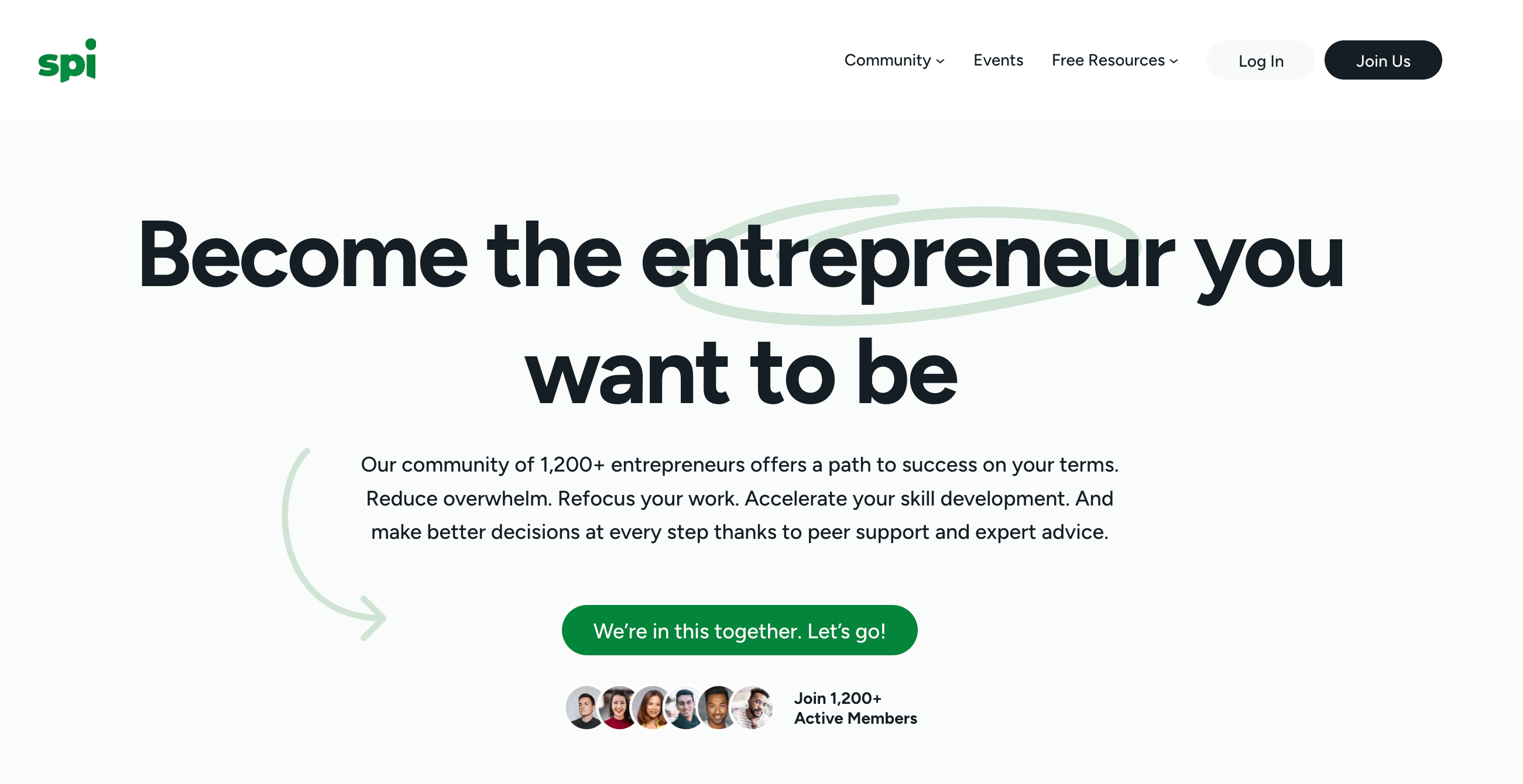





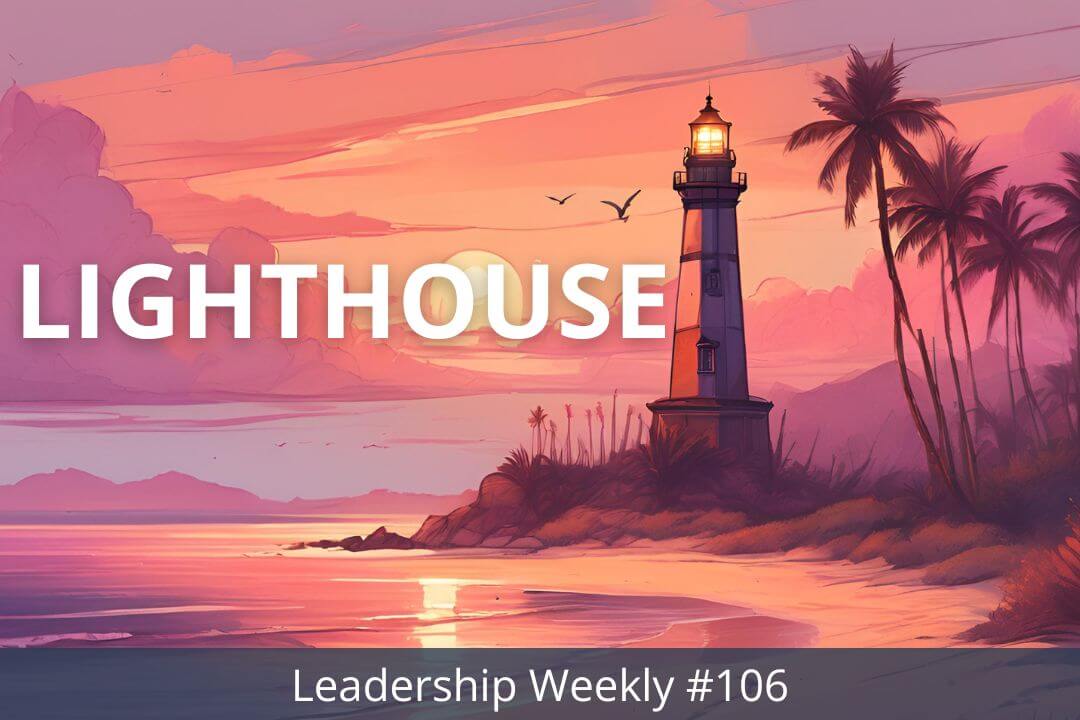

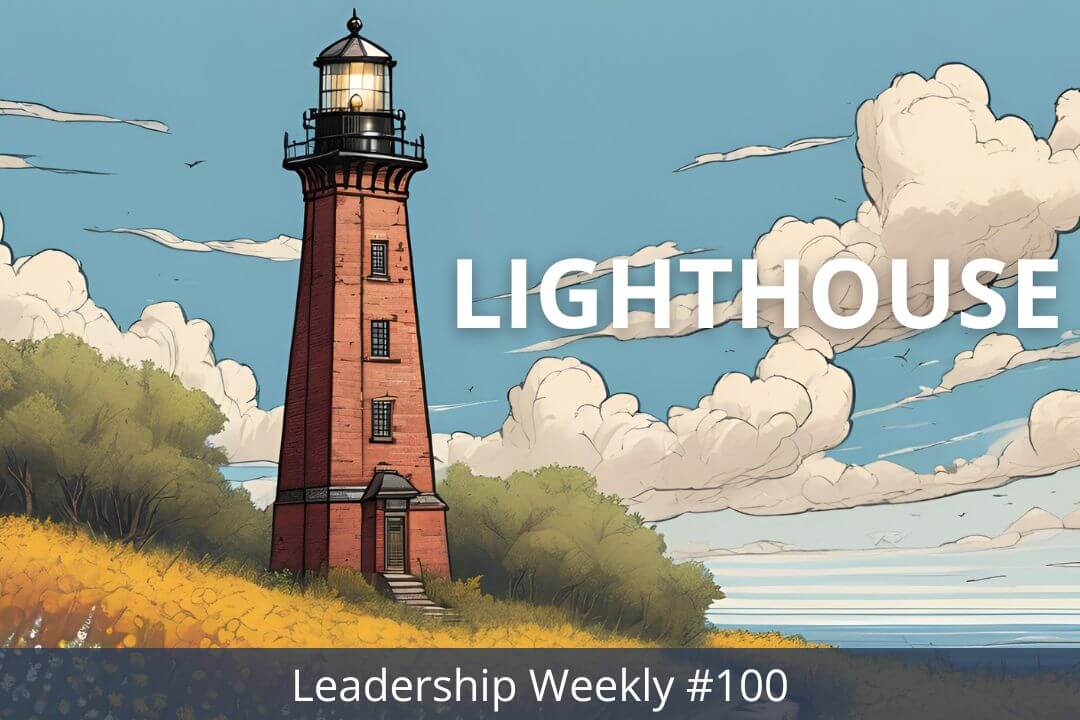
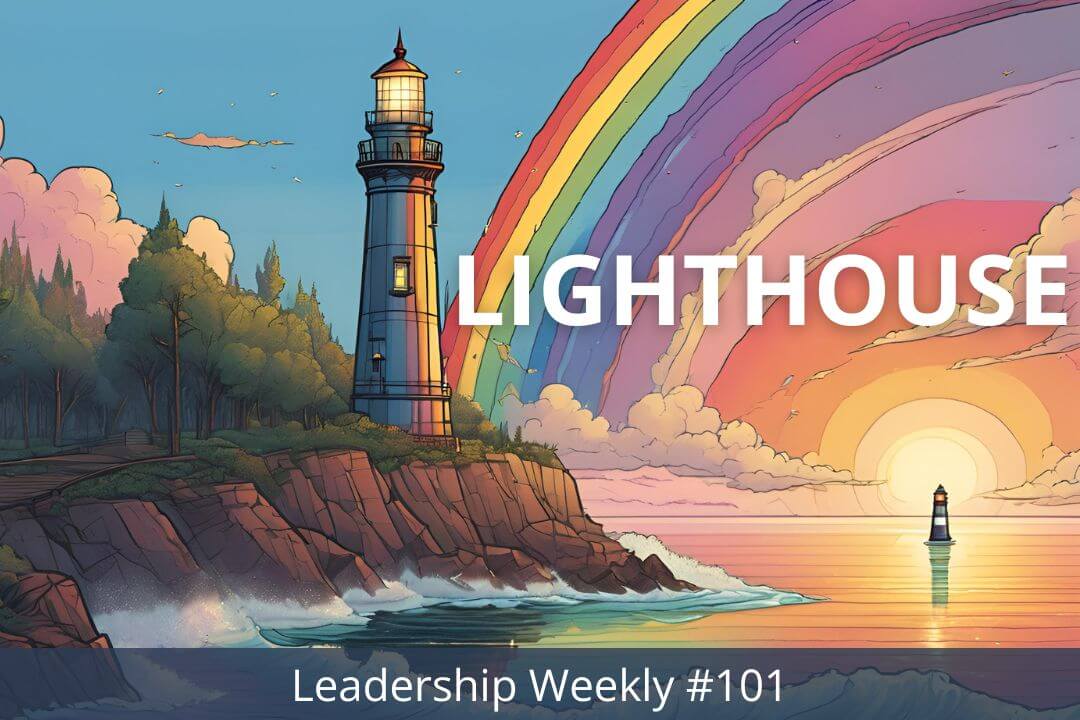
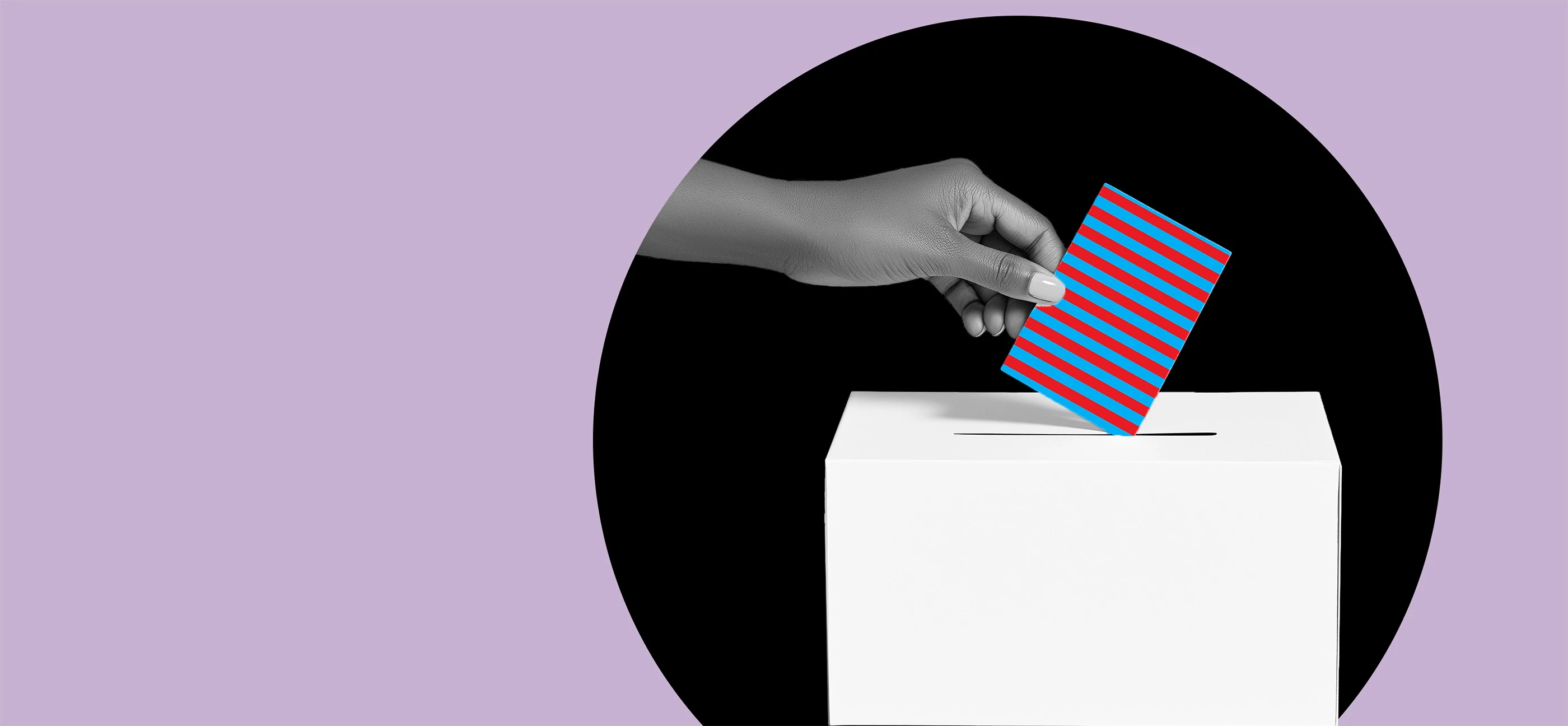
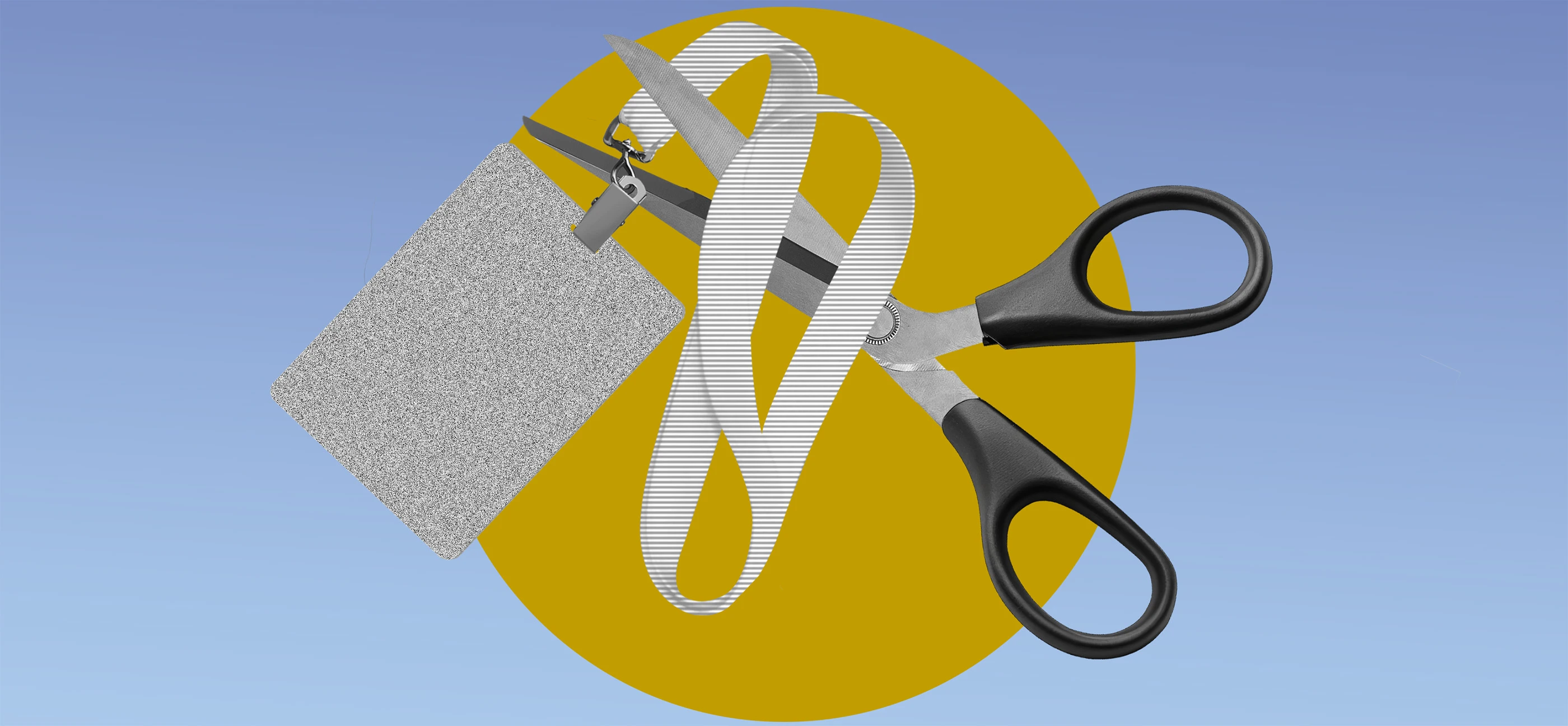









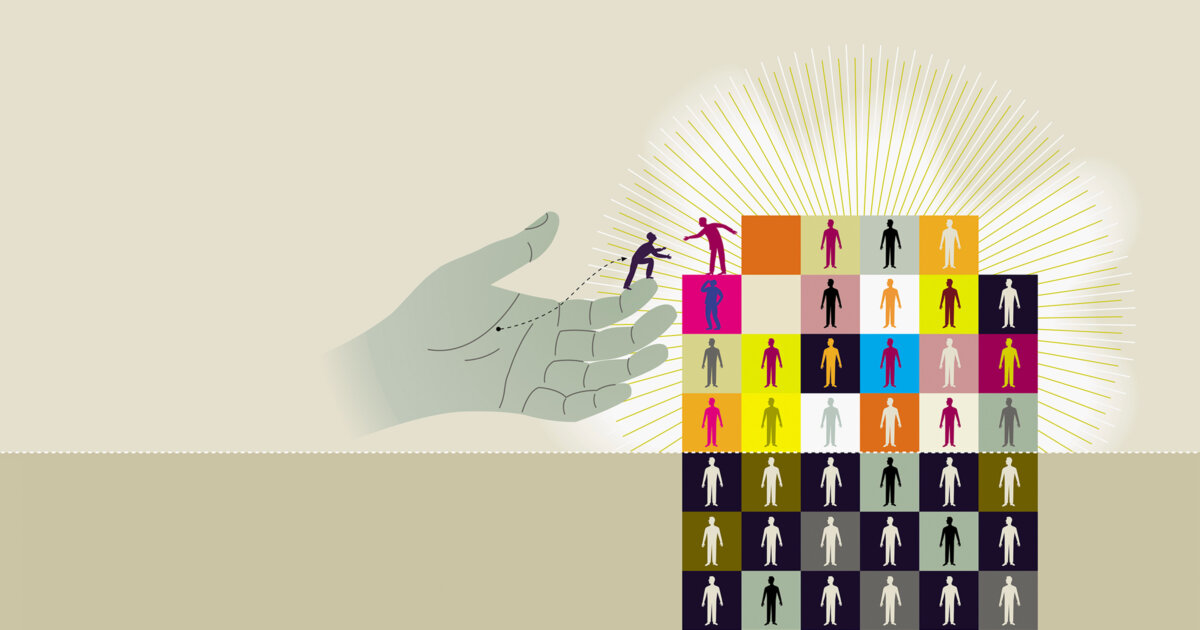
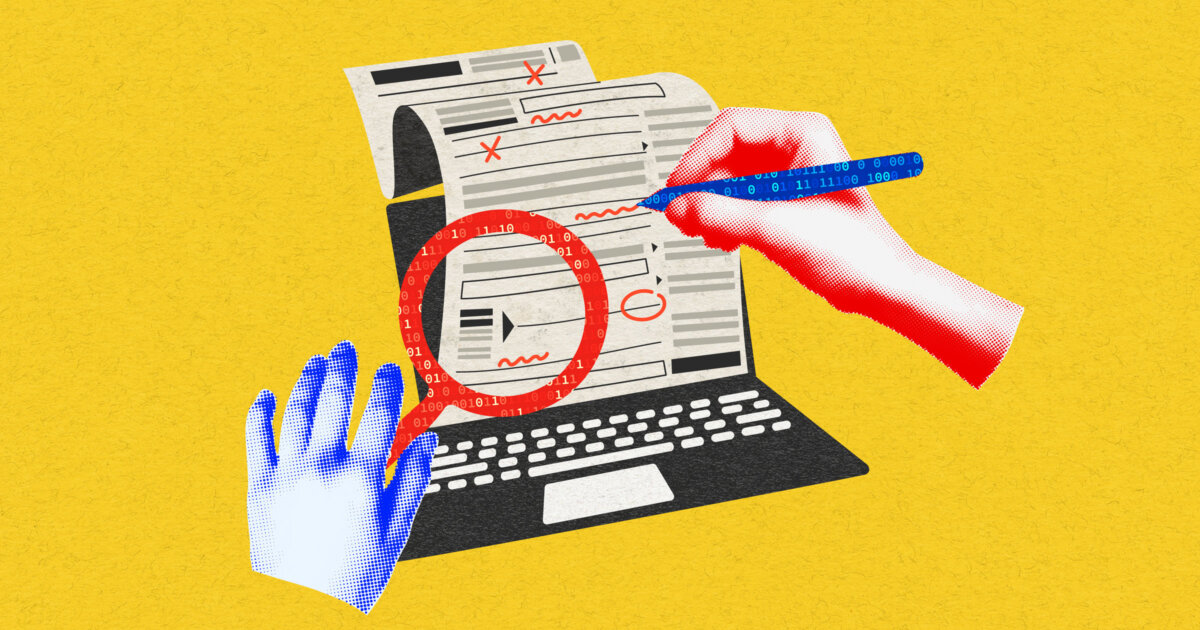
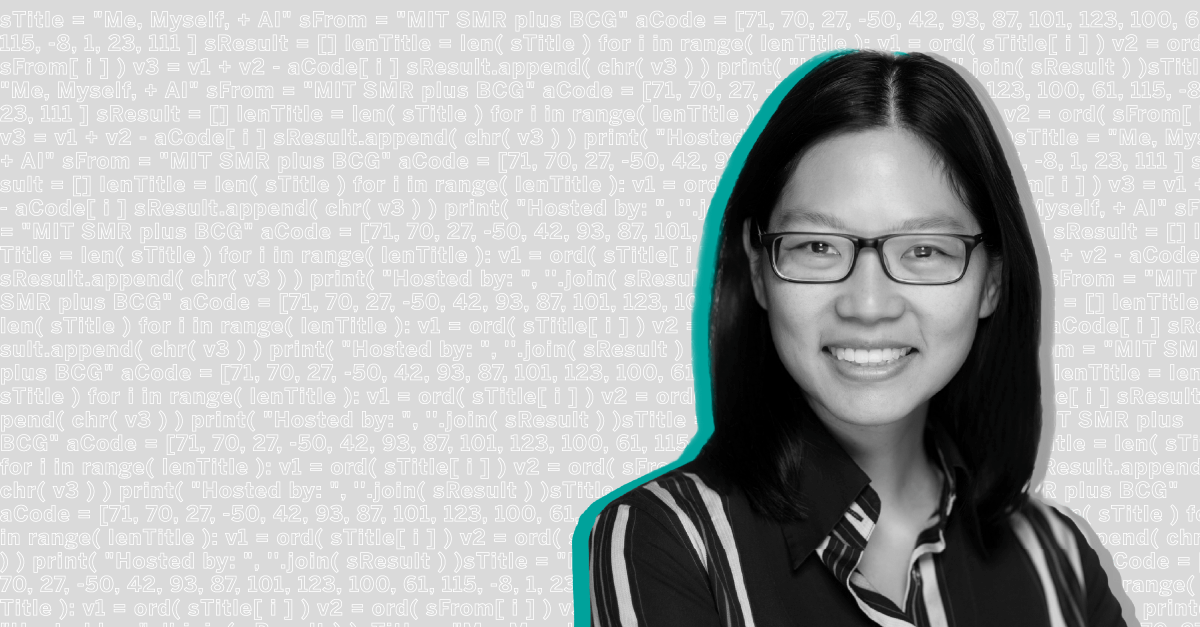
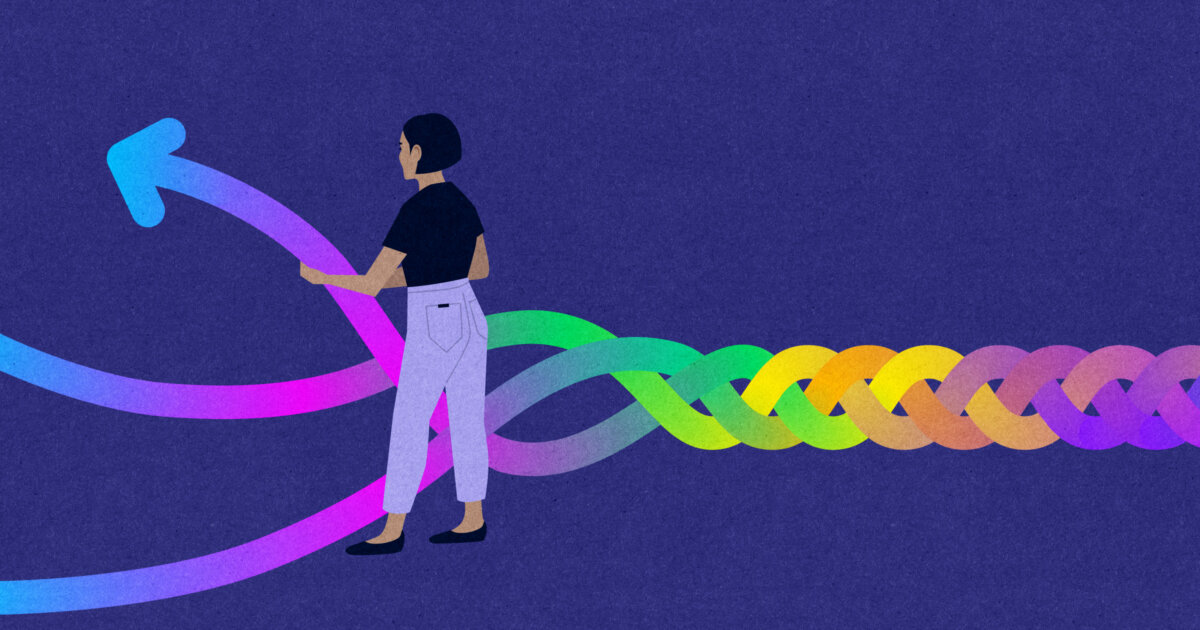


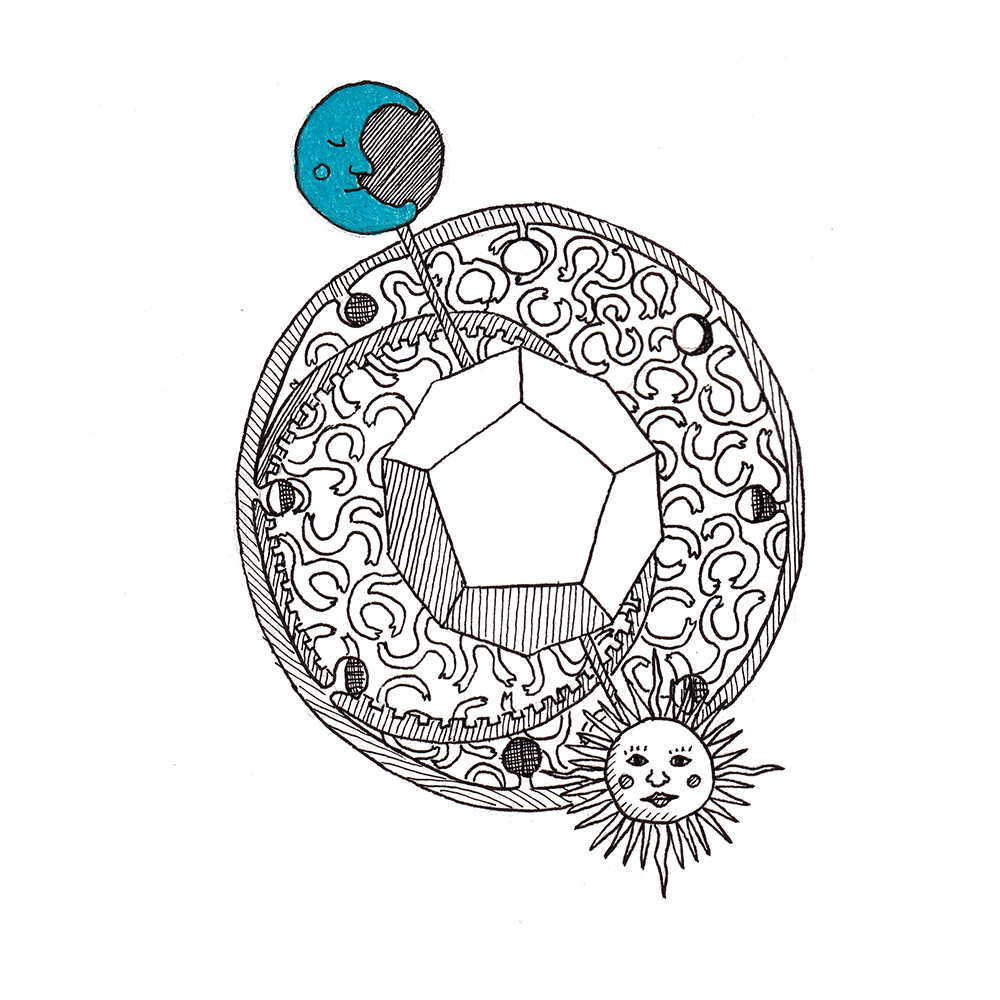















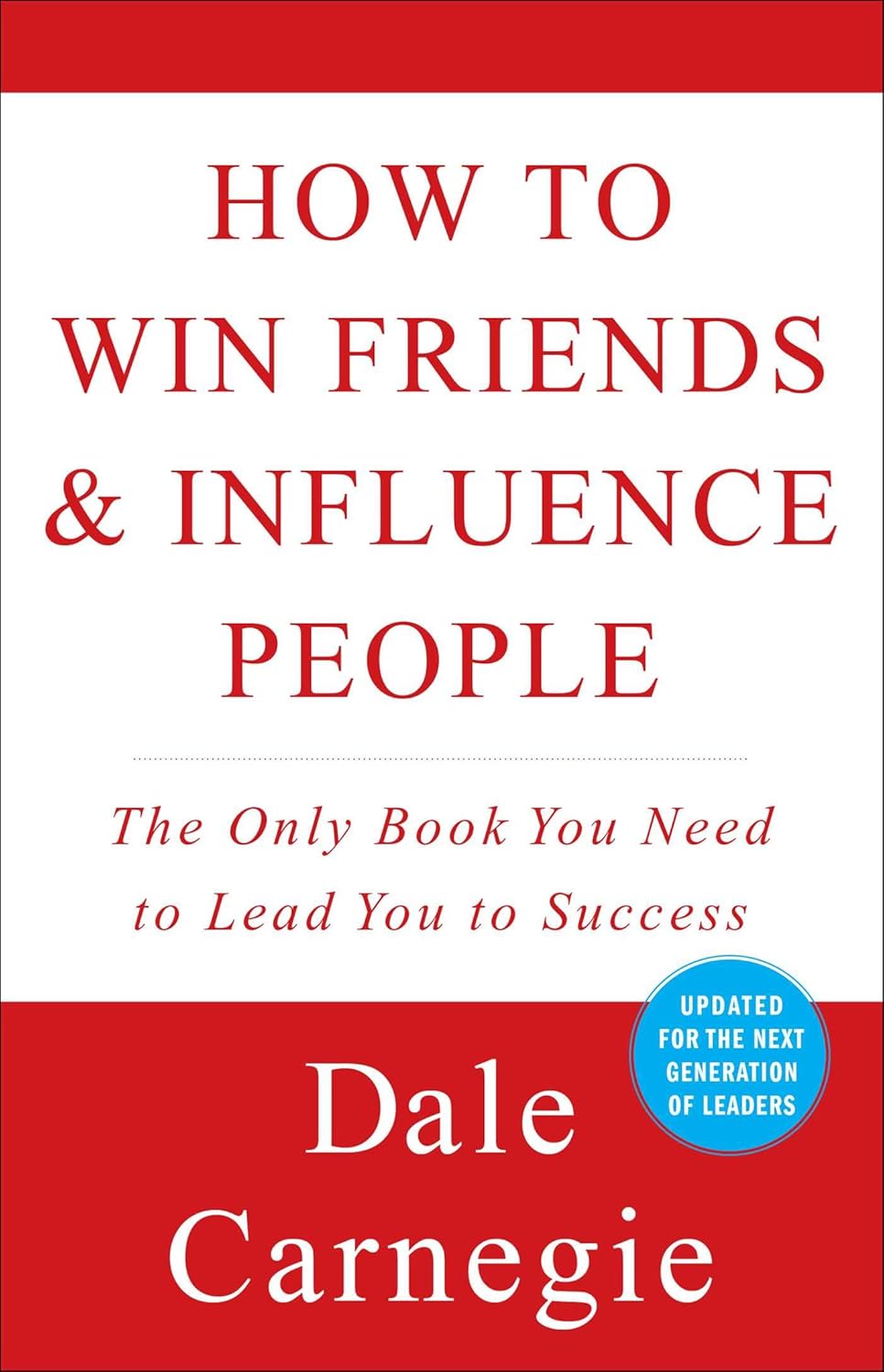
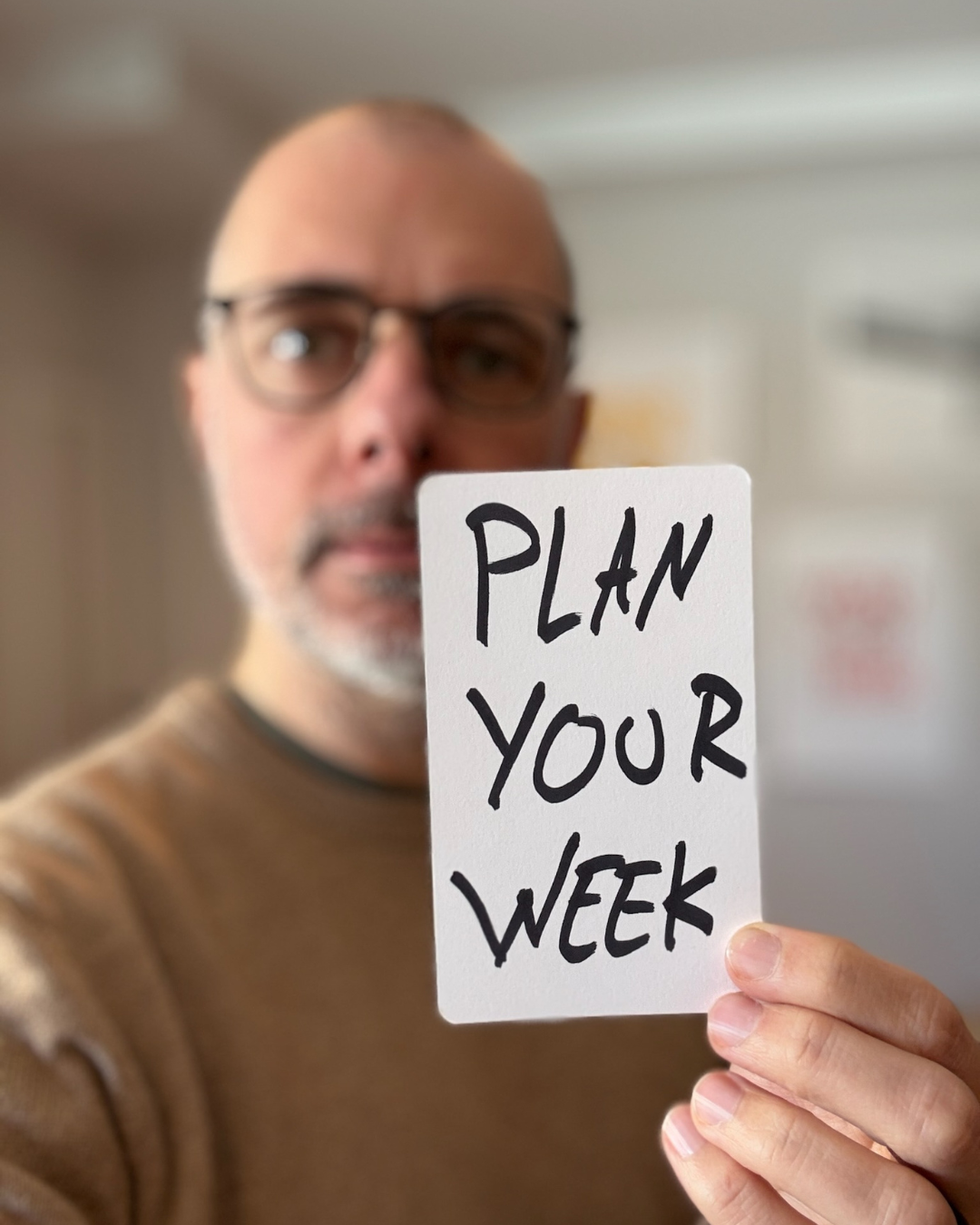
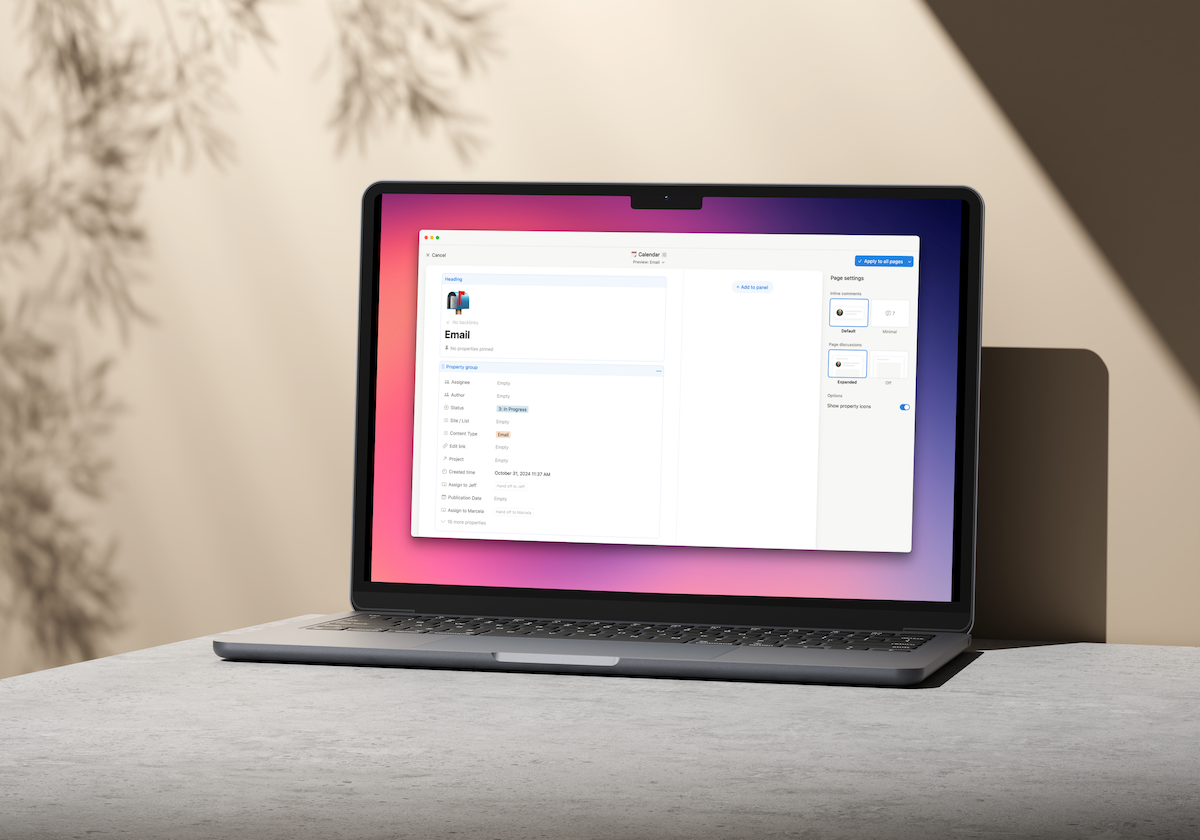
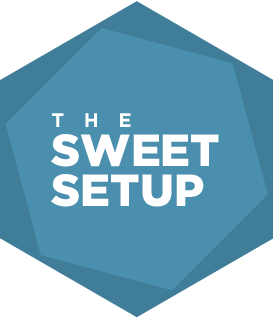








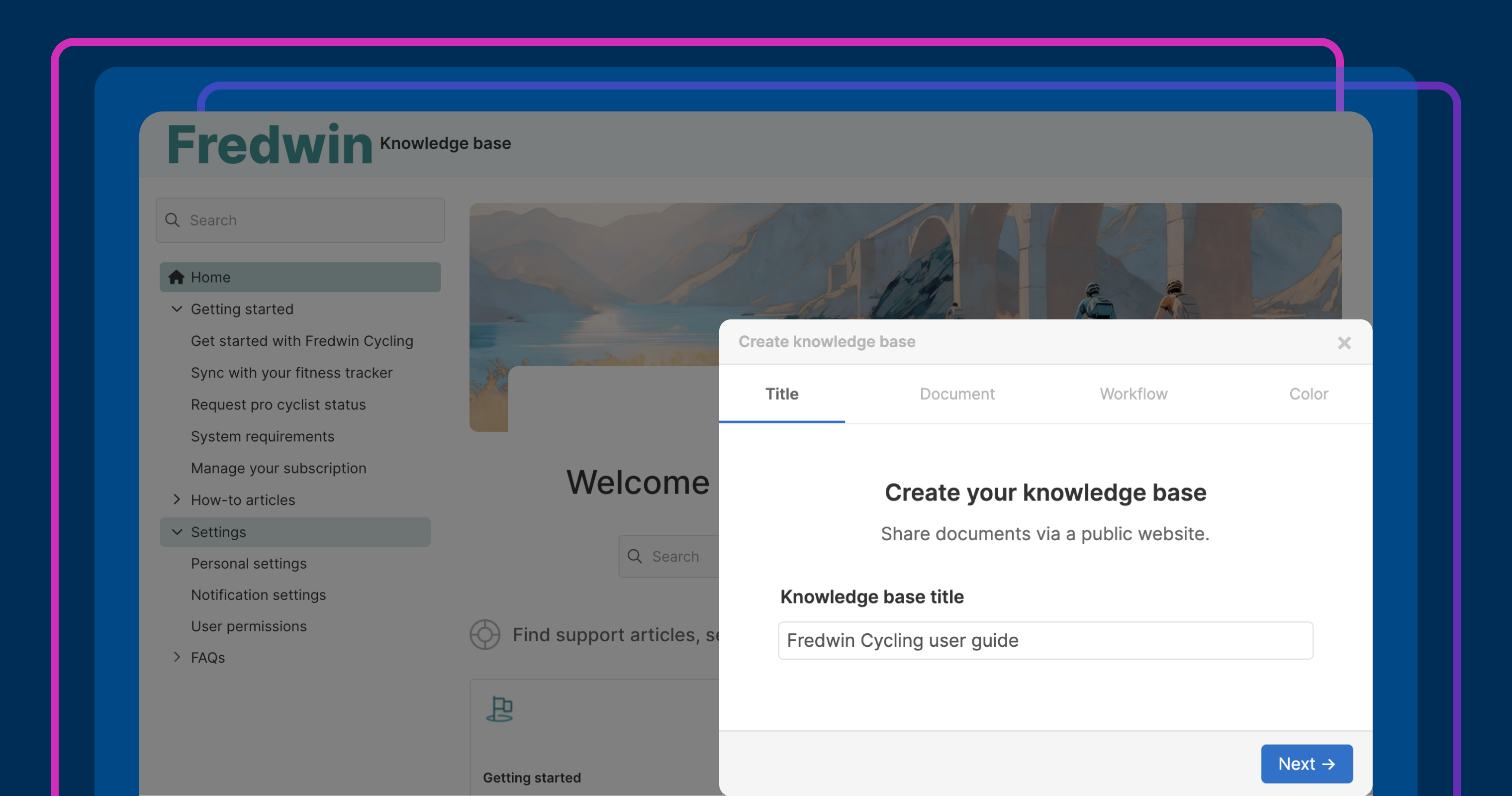

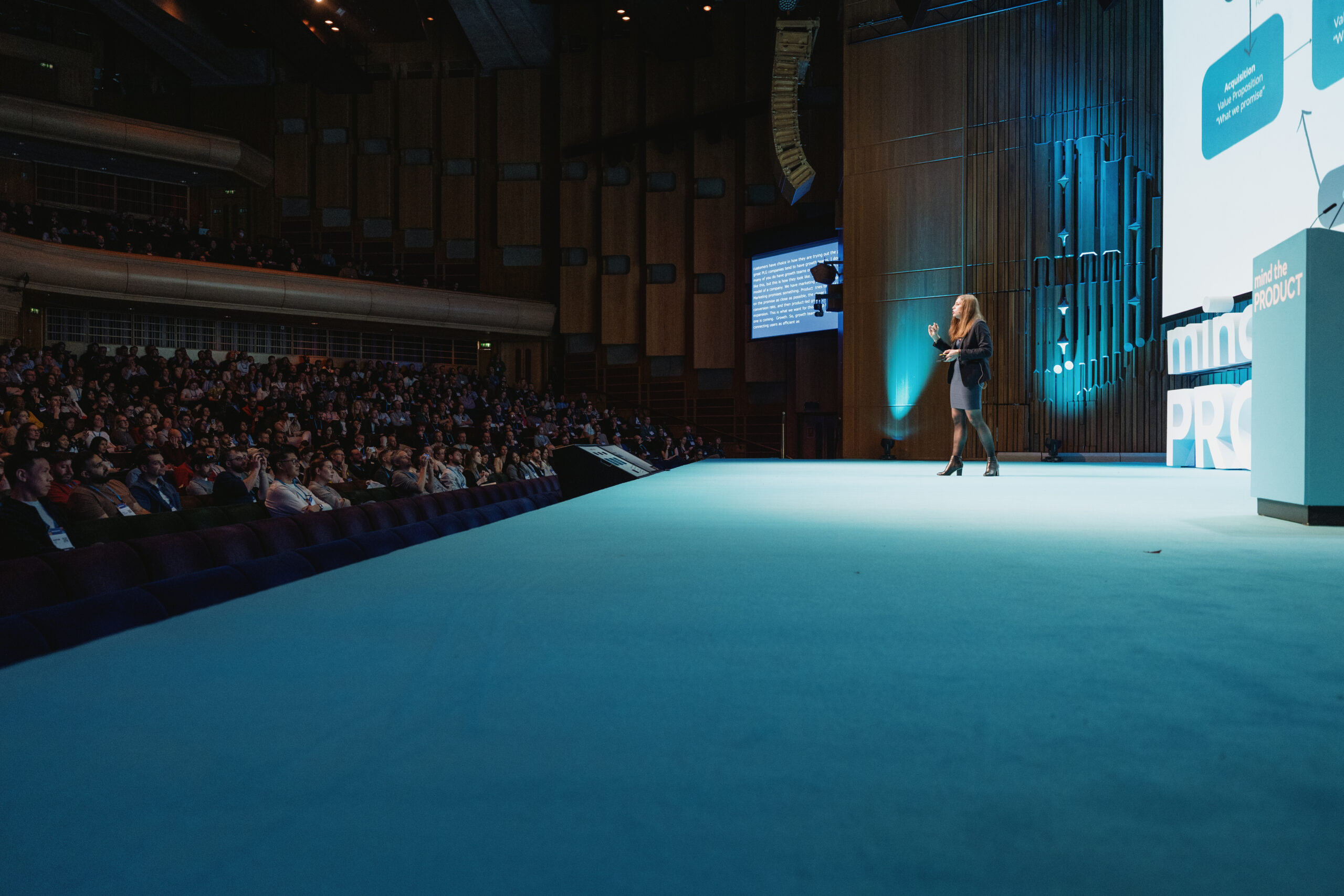
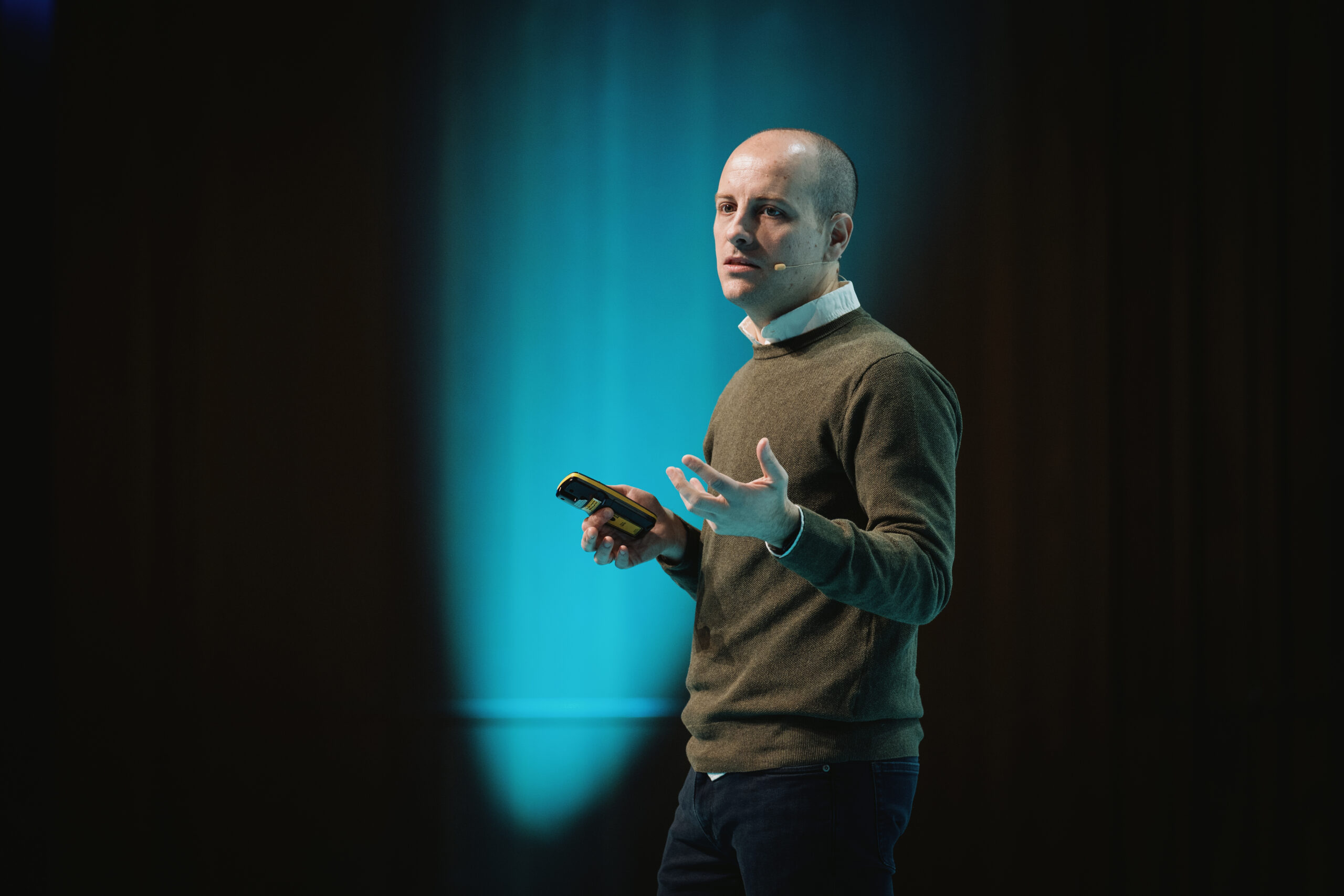
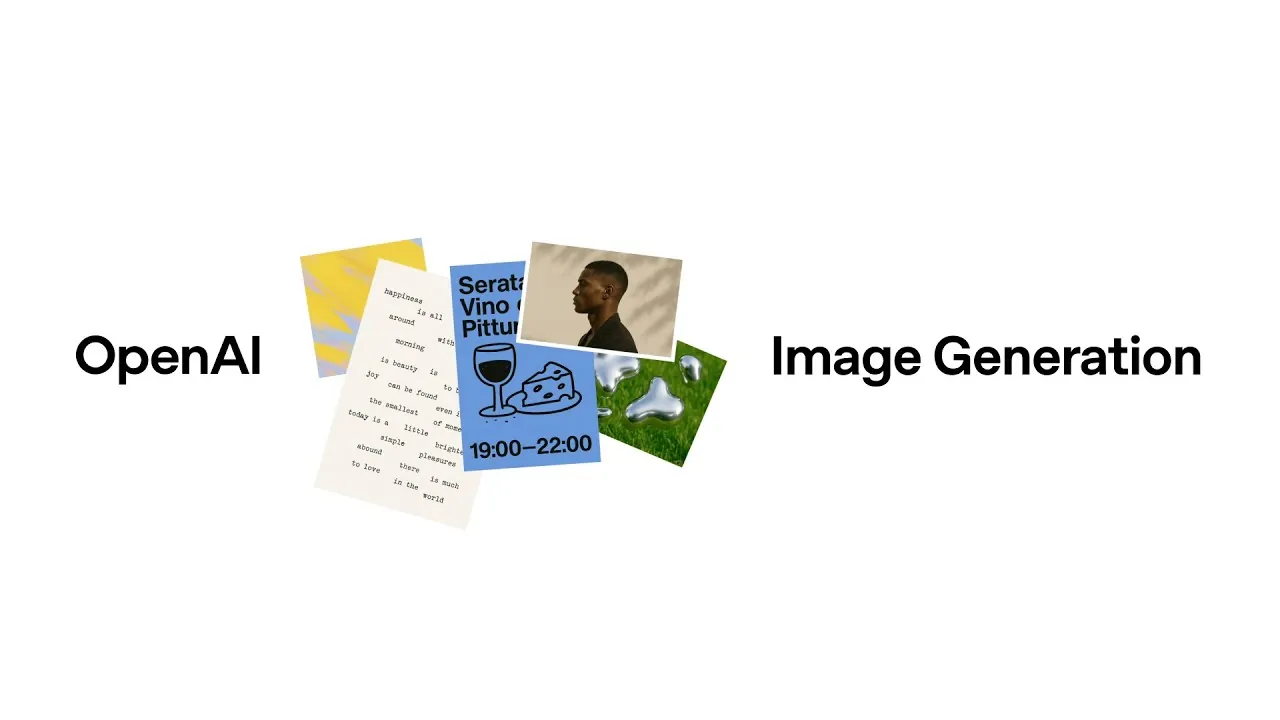
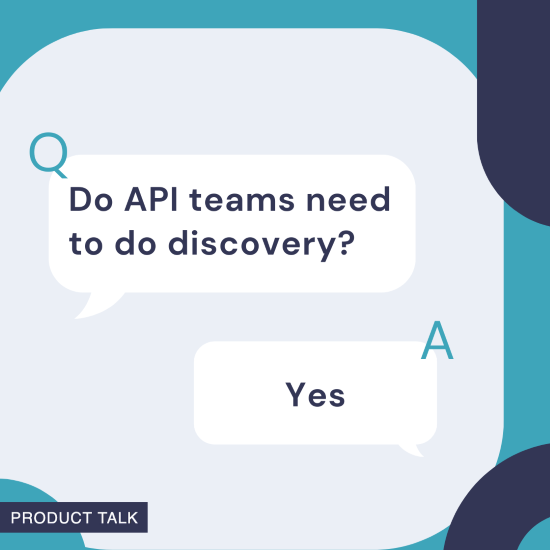
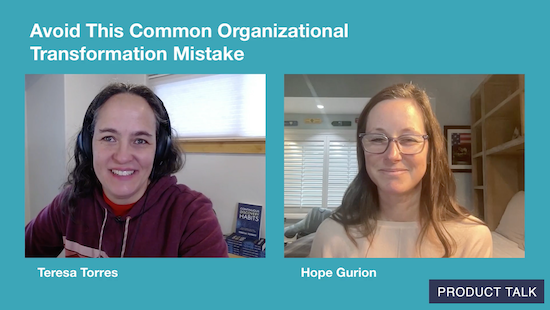
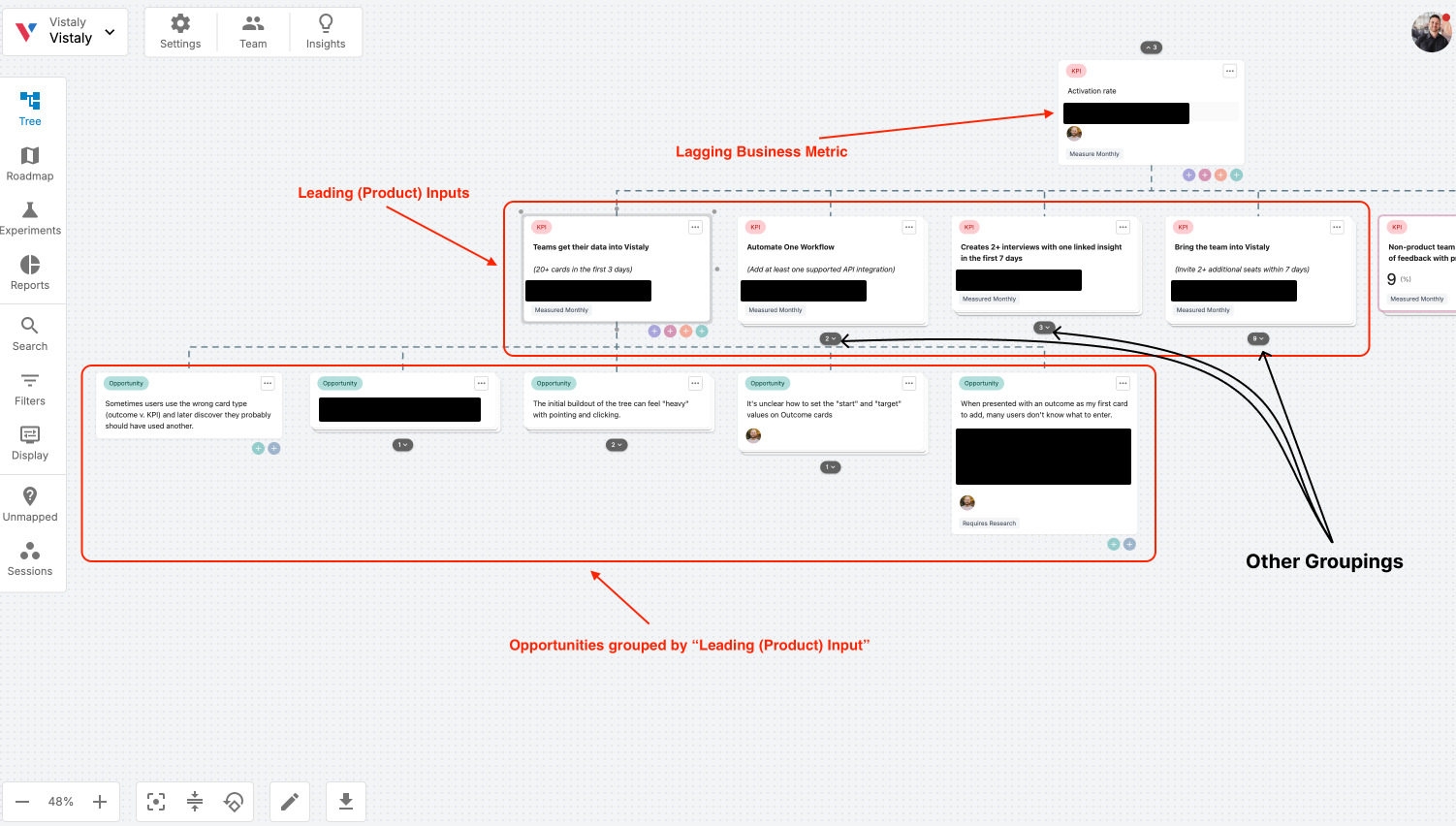
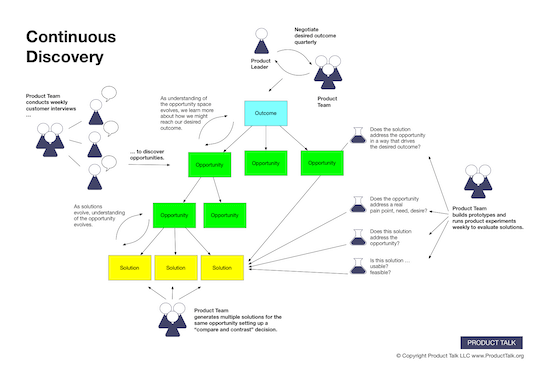



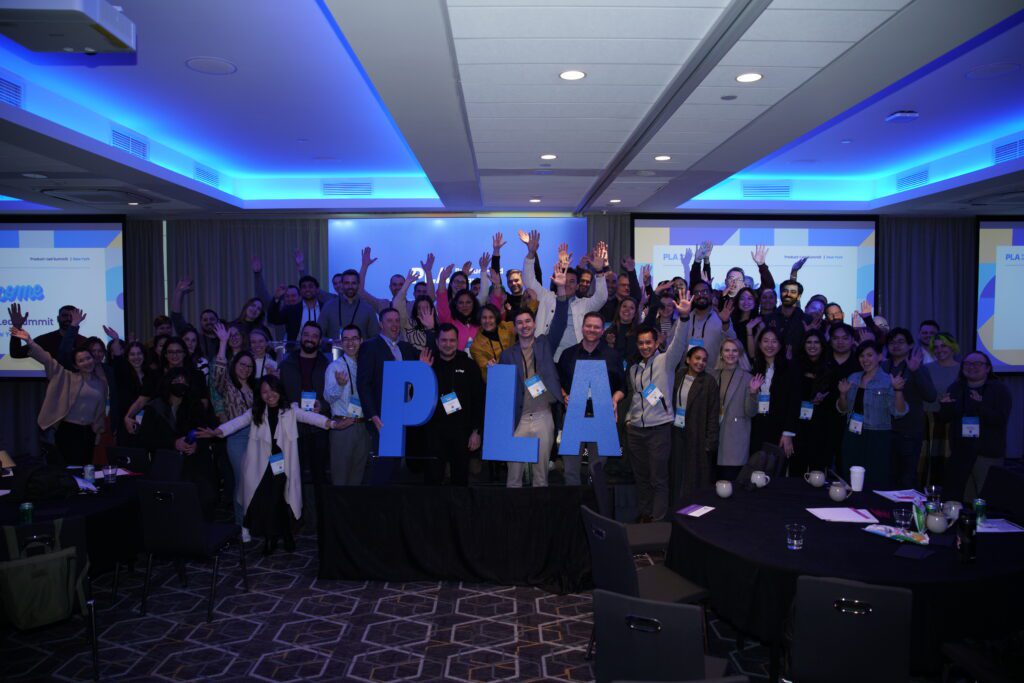






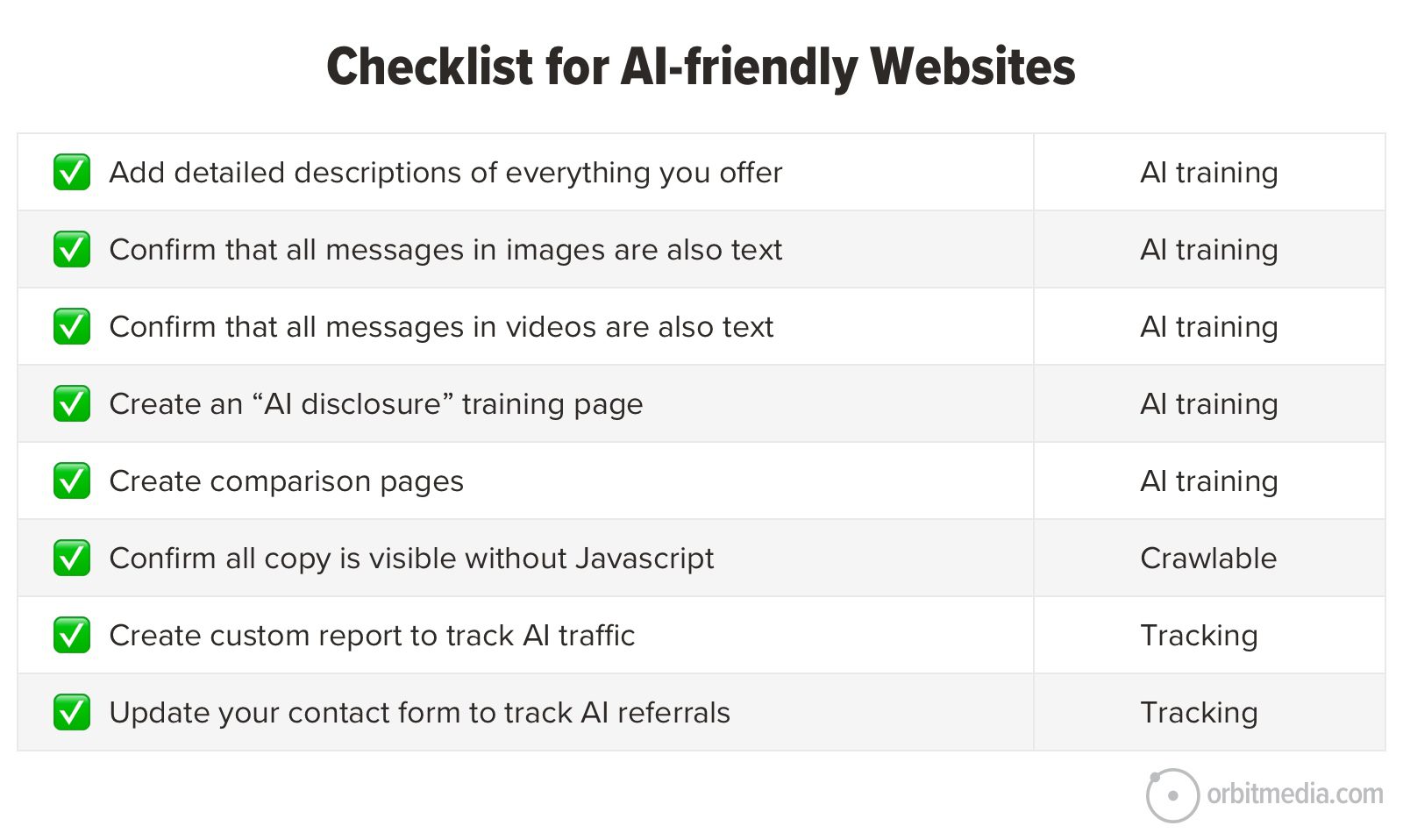



![Building A Digital PR Strategy: 10 Essential Steps for Beginners [With Examples]](https://buzzsumo.com/wp-content/uploads/2023/09/Building-A-Digital-PR-Strategy-10-Essential-Steps-for-Beginners-With-Examples-bblog-masthead.jpg)
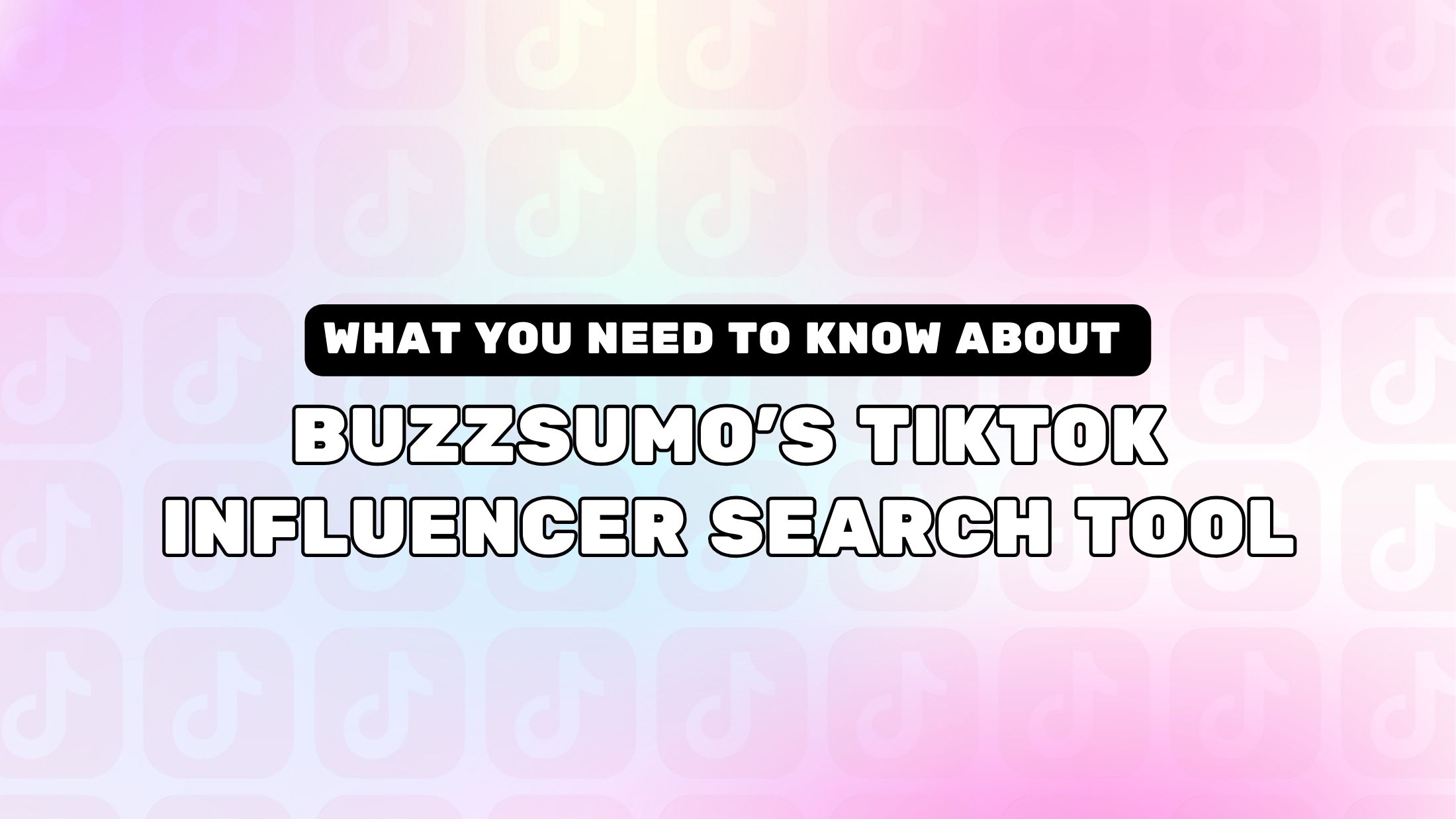

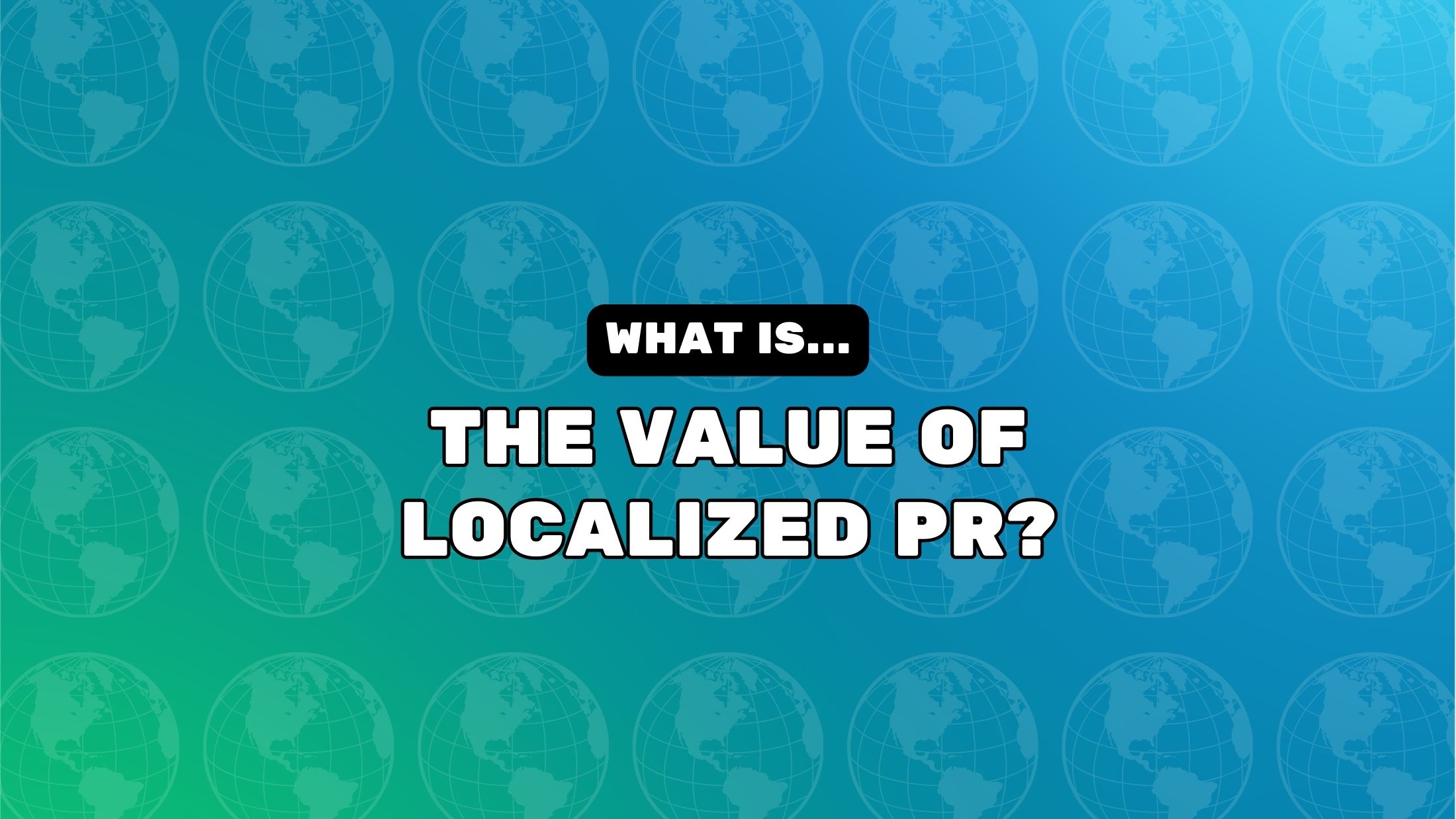
![How One Brand Solved the Marketing Attribution Puzzle [Video]](https://contentmarketinginstitute.com/wp-content/uploads/2025/03/marketing-attribution-model-600x338.png?#)





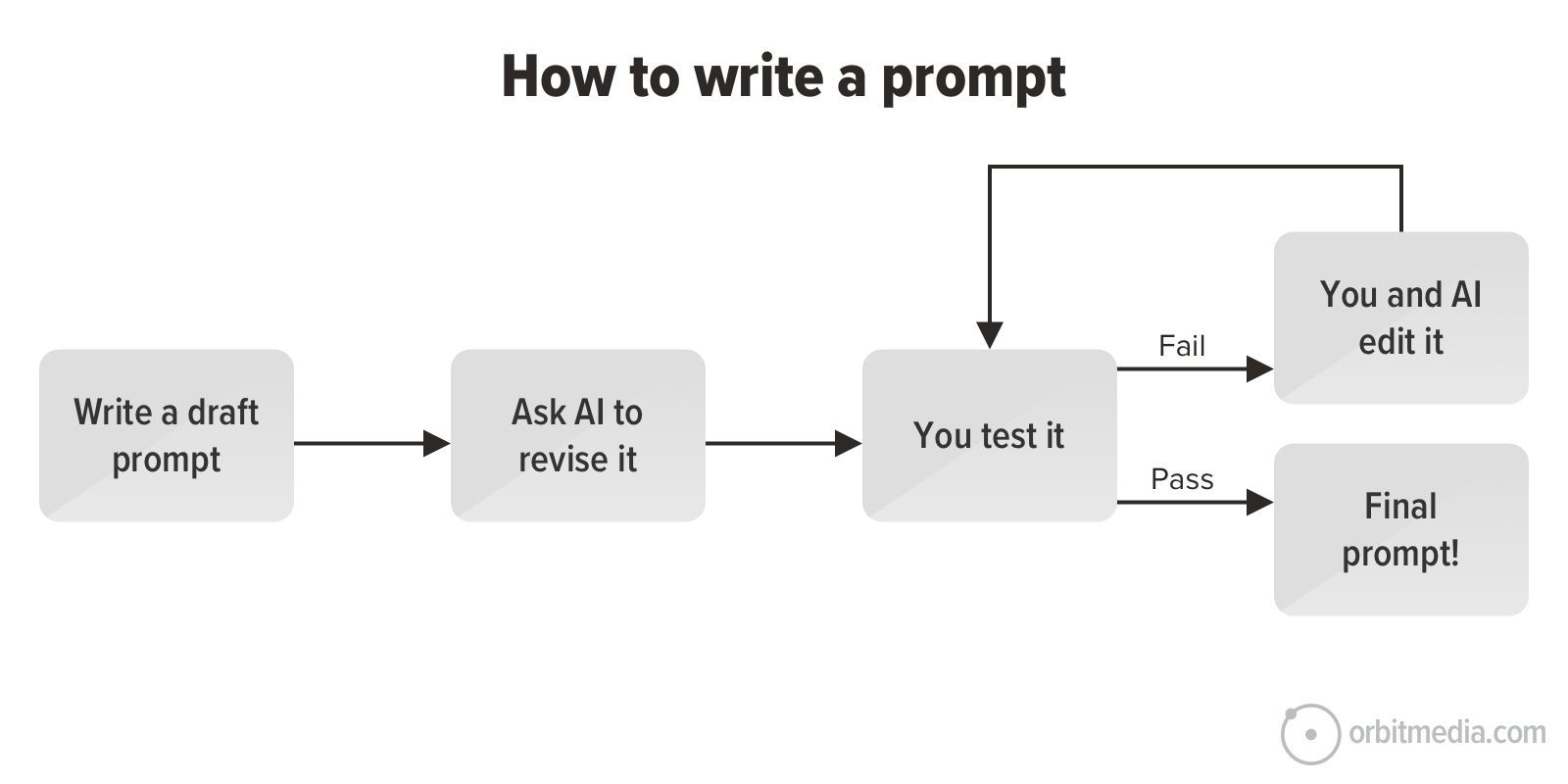
![How to Use GA4 to Track Social Media Traffic: 6 Questions, Answers and Insights [VIDEO]](https://www.orbitmedia.com/wp-content/uploads/2023/06/ab-testing.png)


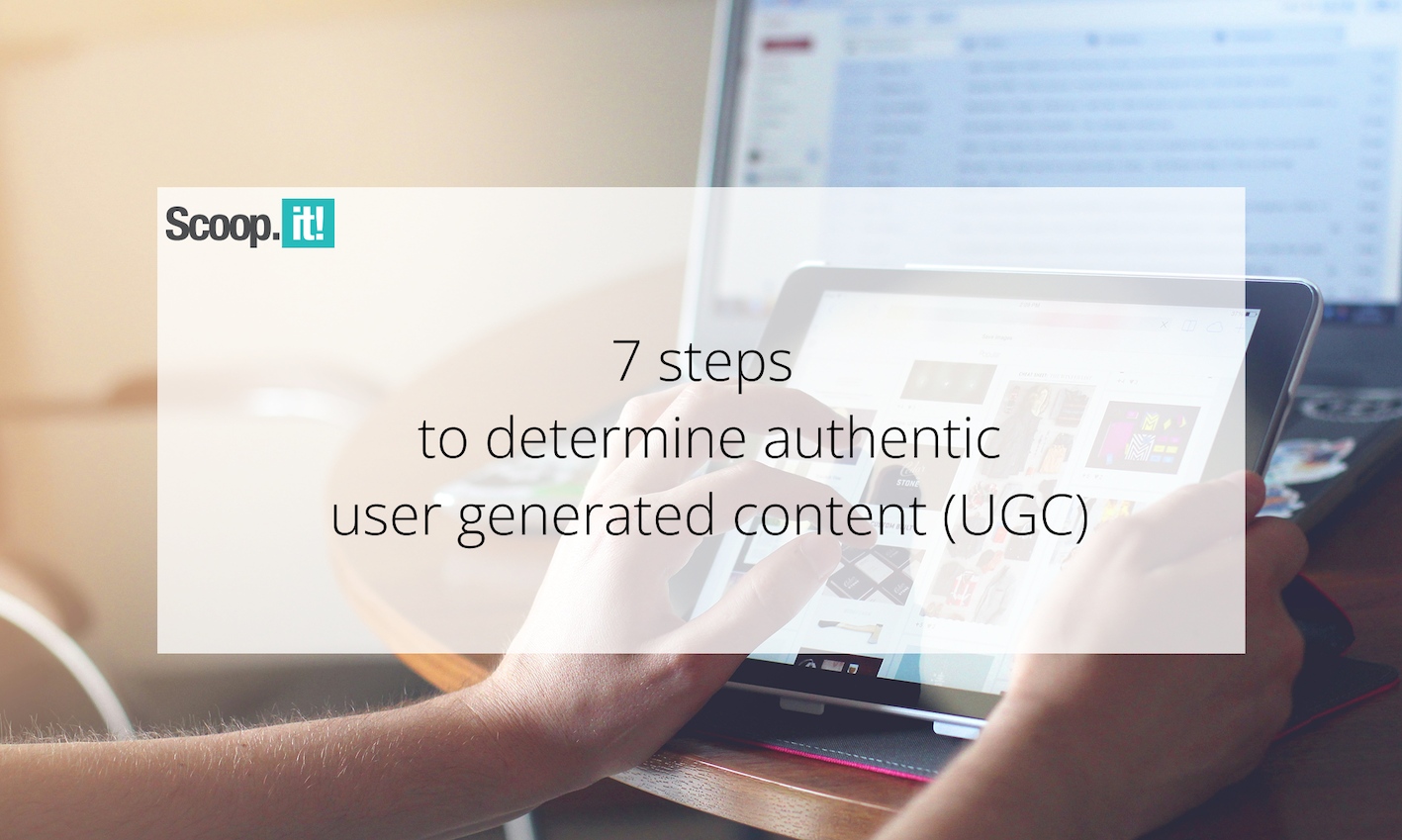

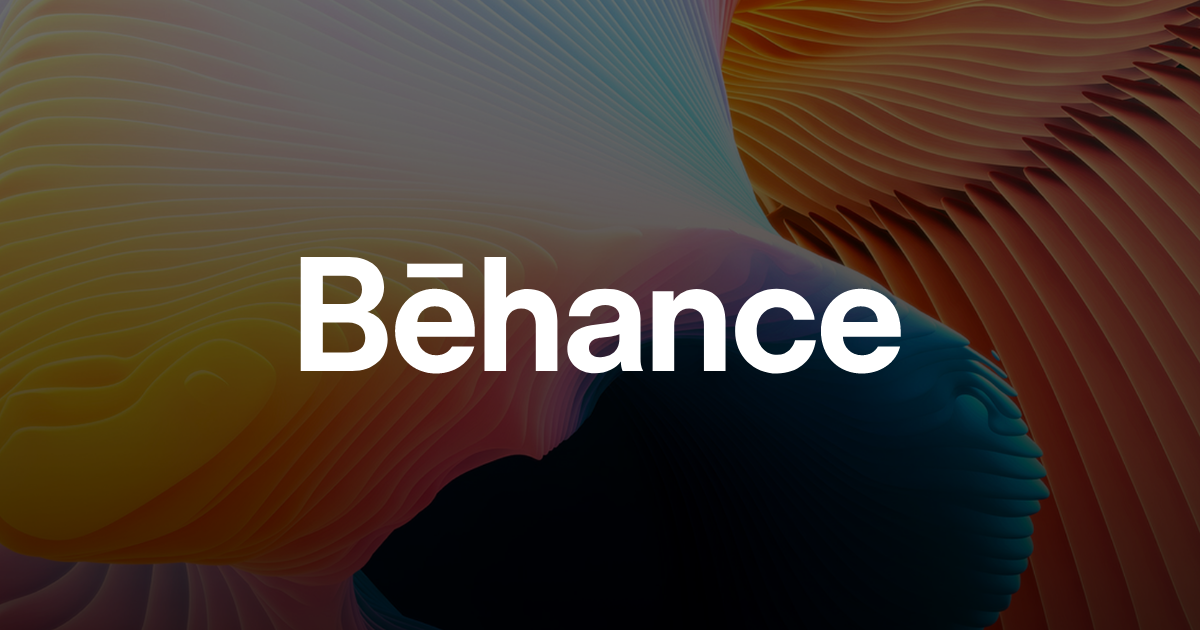


![[Hybrid] Graphic Designer in Malaysia](https://a5.behance.net/920d3ca46151f30e69b60159b53d15e34fb20338/img/site/generic-share.png)






